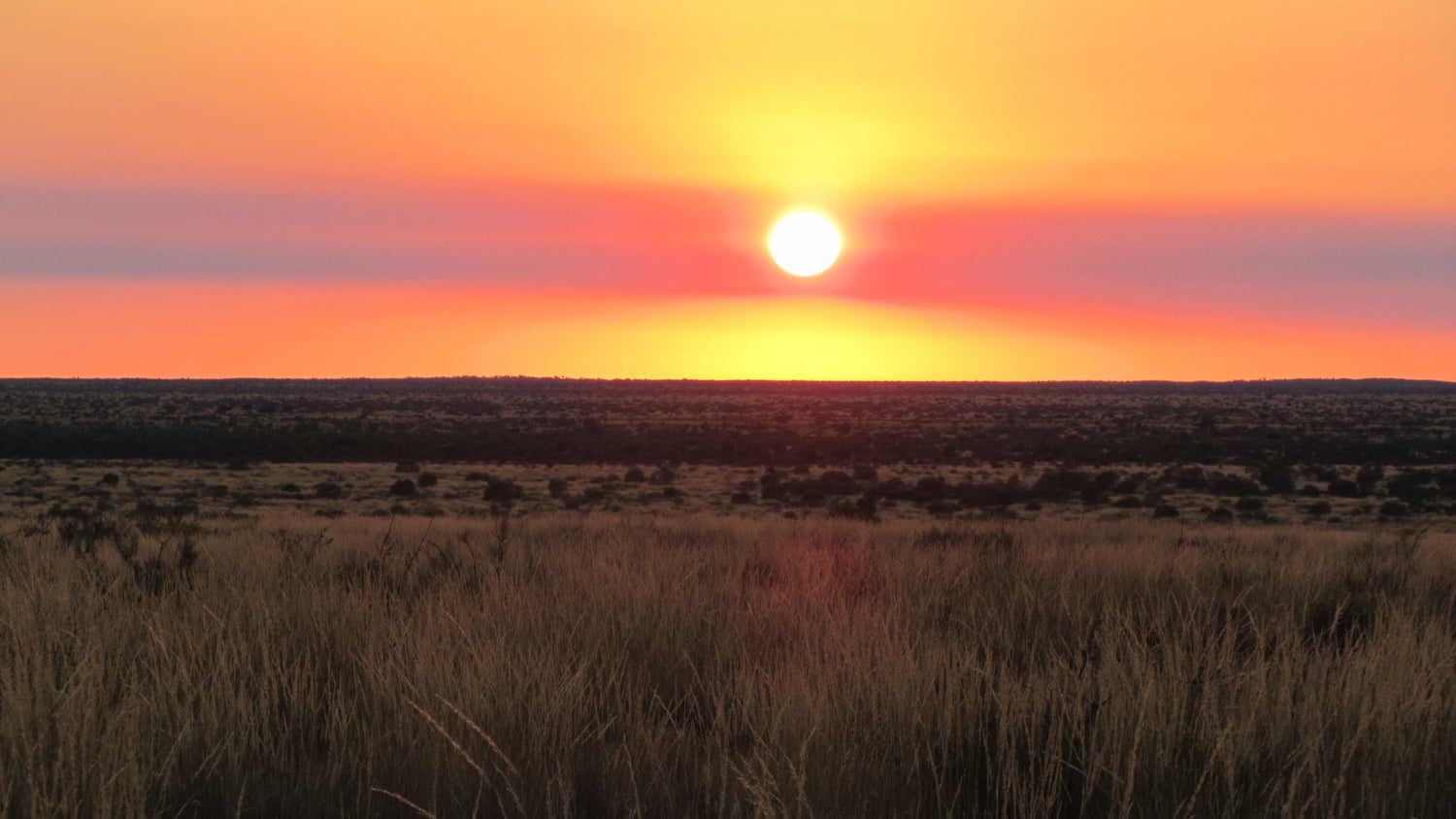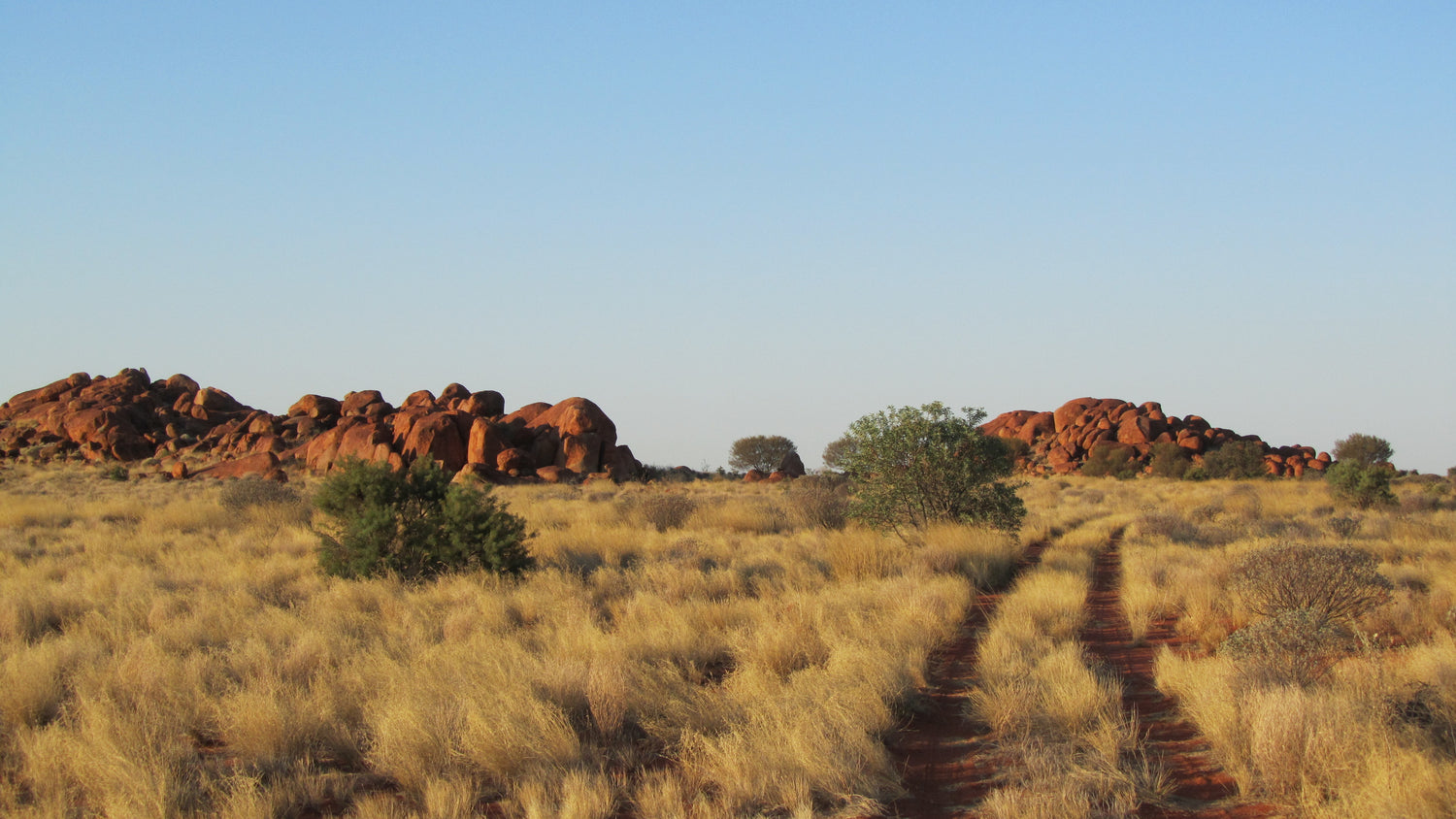History
The Papunya Tula Art Movement began in 1971 when a school teacher,
Geoffrey Bardon, encouraged some of the men to paint a blank school
wall. The murals sparked off tremendous interest in the community and
soon many men started painting. In 1972 the artists successfully
established their own company.
The company is entirely owned and directed by traditional Aboriginal
people from the Western Desert, predominantly of the Luritja/Pintupi
language groups. It has 49 shareholders and now represents around 120
artists.
The company derives its name from Papunya, a settlement 240km north-west of Alice Springs.
Papunya settlement was established as an administrative centre by the
government for the Aboriginal people who had moved in from the desert.
Since then many Pintupi and Luritja people have moved back to their
homelands and continue their strong ceremonial ties to the land.
Following the homelands movement of the 1980s, the company constructed studios in the newly established communities of Kintore and Kiwirrkura, extending operations into Western Australia as far as
700km west of Alice Springs.
The Papunya Tula painting style derives directly from the artists’
knowledge of traditional body and sand painting associated with
ceremony. Portraying these ancestral creation stories for the public
has required the removal of sacred symbols and the careful monitoring of
ancestral designs.
The work of the Papunya Tula artists is highly regarded around the world. The unmistakable and powerful style of the work has
resulted in the Papunya Tula artists being represented in most public
galleries, major museums, institutions and many large private
collections within Australia as well as overseas.
The aim of the company is to promote individual artists, provide
economic development for the communities to which they belong, and
assist in the maintenance of a rich cultural heritage.


